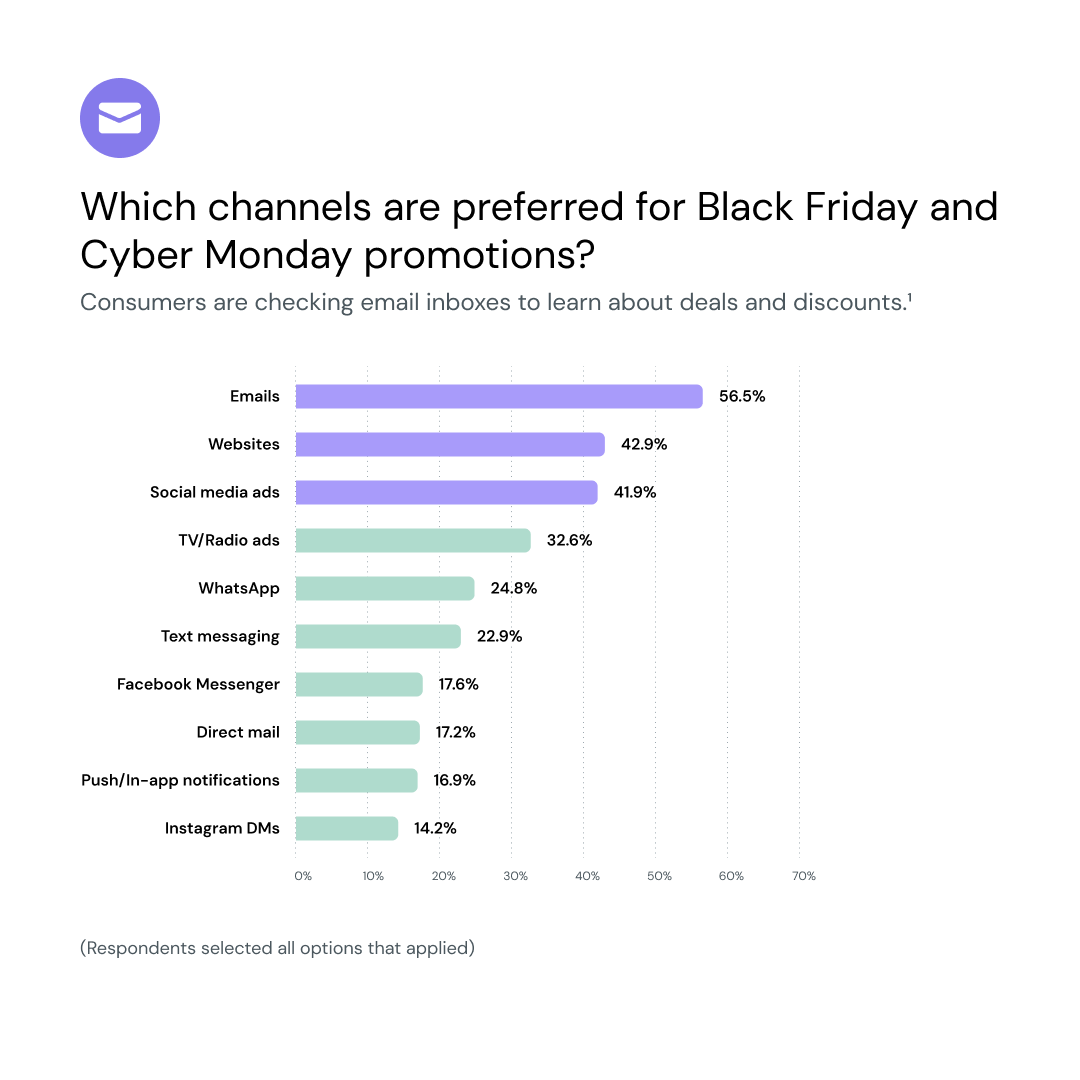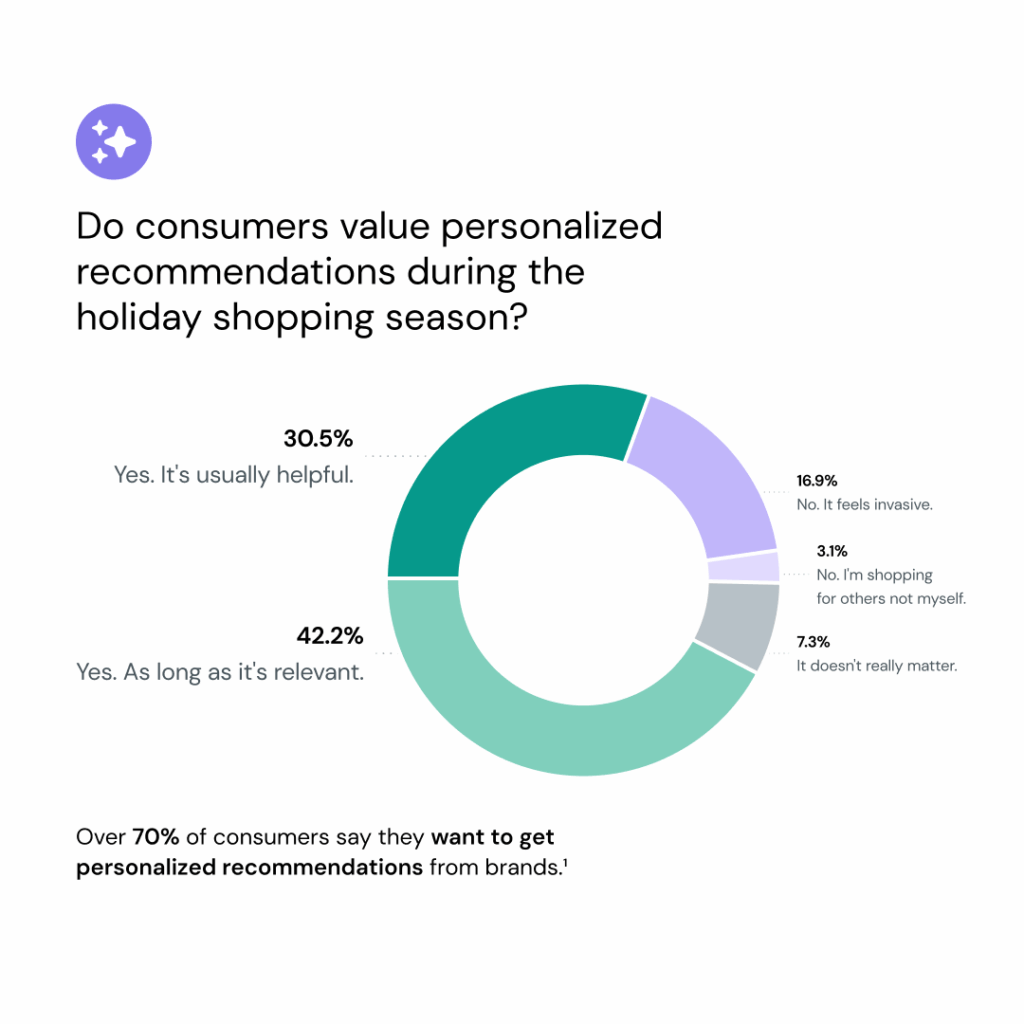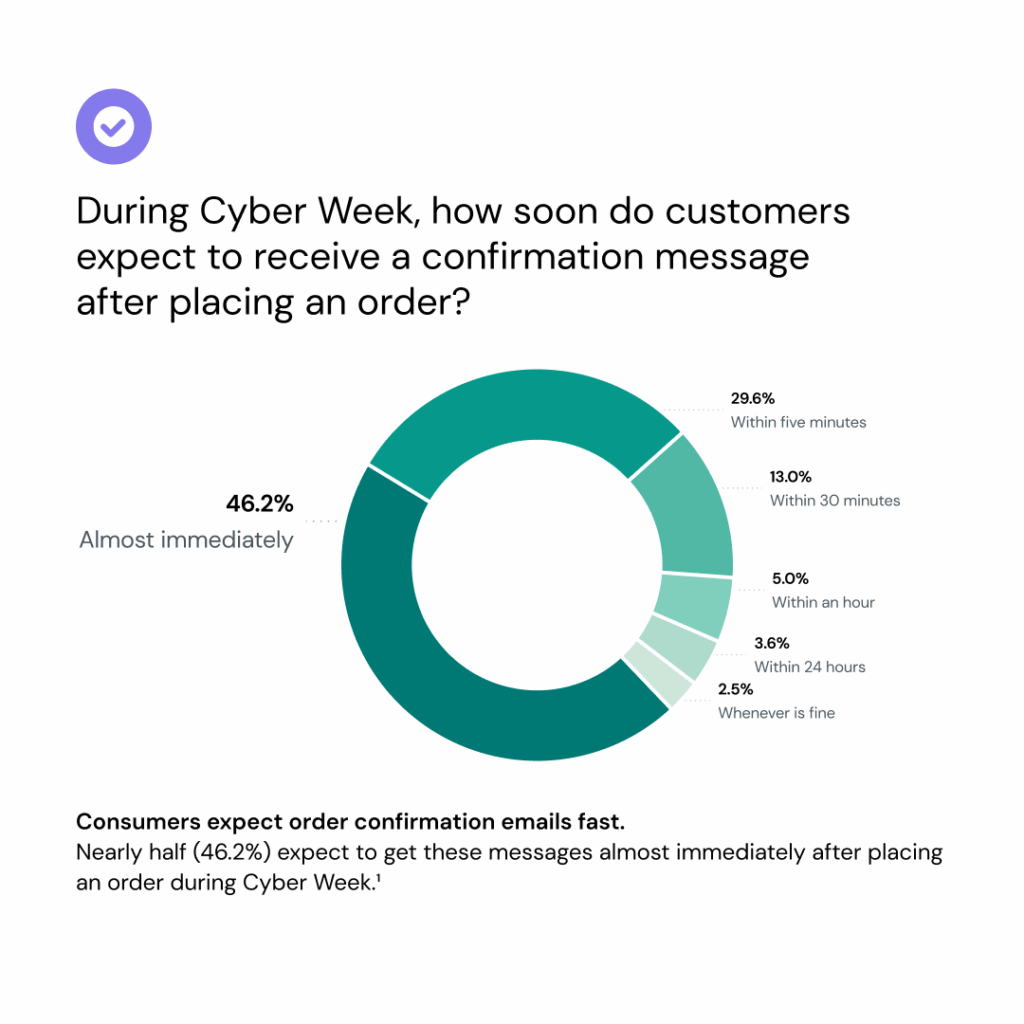Email best practices
Email Academy: Plan, send, and succeed this BFCM and holiday season

Email best practices

Black Friday, Cyber Monday (BFCM), and the holiday season can be some of the busiest times of the year for email marketers. Consumers expect deals, inboxes are flooded with offers, and every brand is competing for attention. The difference between campaigns that succeed and those that get ignored often comes down to preparation and execution.
In our recent Mailjet Email Academy webinar, Plan, send, and succeed this BFCM and holiday season, in-house experts Natalie Lynch (Principal Product Manager) and Julia Murljacic (Senior Email Marketing Manager) walked through the exact steps you need to make sure your campaigns don’t just sail out into the ether – they land, get read, and drive results.
Here’s a full breakdown of the key takeaways and step-by-step process outlined in the webinar.
TL; DR
If you’d like to watch a full replay of the webinar, simply scroll down to the bottom of article.
So, when should we start thinking about our BFCM campaigns? Well, some interesting insights reported in our BFCM email marketing: What consumers want in 2025 indicate that over 50% of consumers want to hear from brands at least one month before Black Friday. If you’re waiting until Thanksgiving week, you’re already too late.

And it’s not just about timing. We also saw that email remains the preferred channel for Black Friday and Cyber Monday promotions, with 56.5% of respondents selecting it over the likes of WhatsApp, websites, and social media ads. Planning early ensures your campaigns reach customers where they actually want to hear from you.
You can see some of the data below:

Before you start any kind of campaign planning, you need to define your goals. What are they? What does success look like for you? Here are some tips that Julia highlighted in the webinar:
OK, so you’ve got an idea of what you want to achieve – now it’s time to think about everything needed to make that happen. Firstly, you’re going to want to lock in your audience and segments. Who does this campaign benefit, and within that group, do you need to segment down further? Then you can start getting more tactical.
Julia highlighted some further areas you might want to consider
Emails that fail to reach your customers and prospects are missed opportunities to connect and engage. That’s why deliverability is often referred to as that “invisible layer” of campaign success. If you skip this, even the best campaigns will fall on deaf ears. So, to combat that, Natalie suggests that you:
With inboxes more crowded than Anfield on derby day, you can’t afford to make mistakes. This means how you roll out your sends – who you target, how you test, and how quickly you scale – can make or break the performance of your campaigns.
So, how do you ensure success?
Warming up your list before BFCM helps inbox providers see consistent, positive engagement, so your emails actually land in the inbox instead of spam. If you blast your entire list at once, you risk high bounces, complaints, and a damaged sender reputation right when you need deliverability most.
“I would suggest that all of September could be considered the “warm-up phase” and perhaps the first two weeks of October, too. So, you’ve got a good two weeks to really build this up.”
Generic emails blend into inbox clutter. Segmenting and personalizing your campaign ensures subscribers get offers that feel relevant, which boosts opens, clicks, and conversions. Sending one-size-fits-all blasts, on the other hand, leads to lower engagement and a higher chance of being ignored or marked as spam. Some options you have are to:
This isn’t just theory – our research shows that email campaigns that feel anticipated, personal, and relevant perform best. Consumers are more likely to engage when emails look like they were created for them, not for “just another name on a list.”

Now, before hitting that send button, it’s important to test and see how your BFCM emails render. This ensures you catch any links, images, and layout issues across devices and inboxes, protecting you from embarrassing mistakes. It also saves revenue and credibility that could be lost if customers see broken or unprofessional emails.

NOW you are able to hit send…
But remember, timing is everything. You don’t want to send your campaign at 9:00 AM Eastern if you’ve segmented your audience by region and this group live in California. Also, make sure you’re using email automation to help schedule your campaigns. Unless you’re the type of sender that needs their finger on the trigger, this can help save a bunch of time and manual effort.
Don’t set and forget! Hitting send does not mark the finish line – it’s the start of a feedback loop. Success around BFCM isn’t about a single campaign but about learning and improving continuously.
Beyond checking that the campaign was sent correctly, what metrics should you be tracking, and why? Here are some of the most common to keep top of mind:
Remember, you’re not just track for the sake of numbers – insights matter. Inboxes are crowded, with consumers receiving dozens of promotional emails a day. Measuring what cuts through will help you refine your future sends.
Wait at least 48 hours after the campaign has been sent to start gathering performance data. This gives enough time to all subscribers to access and engage with your campaign.
So, what’s next? While you might be ready to hang your hat up and pat your back on a job well done – the real goal here is long-term retention. How can we keep these new subscribers and buyers engaged beyond the holiday season campaign? Natalie ran through a few options for you to consider:

The holiday season is crowded, but the senders who succeed are the ones who prepare early, send smart, and measure carefully. By strengthening your deliverability, segmenting audiences, and continuously refining your approach, you’ll be set up not only for BFCM but for long-term engagement.
Did you miss the live session? Then catch the full recap below: